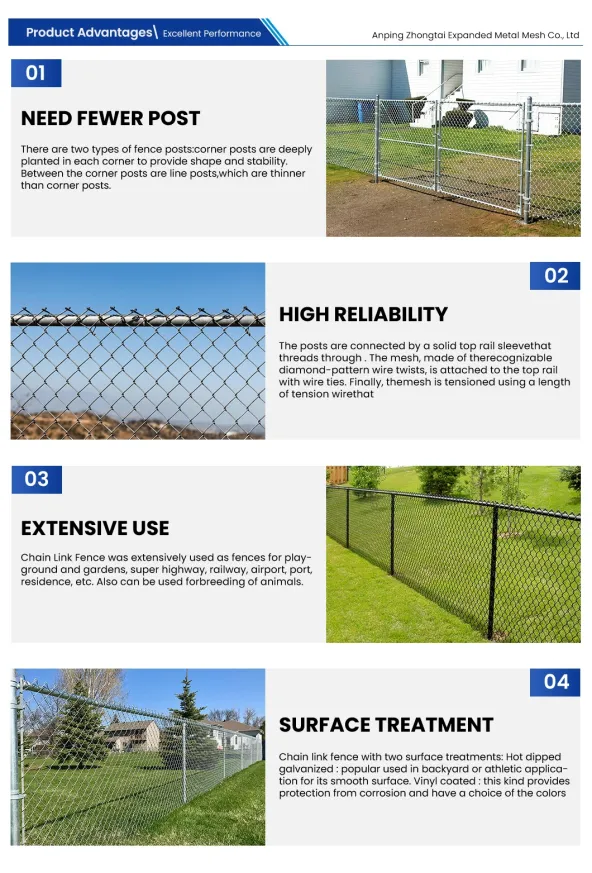Stainless Steel Drainage Grates A Comprehensive Overview
In the realm of construction and infrastructure, drainage systems play a vital role in managing water flow and preventing flooding. One of the essential components of these systems is the drainage grate. Among the various materials used for manufacturing drainage grates, stainless steel stands out due to its numerous advantages. In this article, we will explore the many benefits of stainless steel drainage grates, their applications, and valuable considerations for selecting the right product for your needs.
Benefits of Stainless Steel Drainage Grates
1. Durability and Longevity One of the primary advantages of stainless steel drainage grates is their exceptional durability. Stainless steel is resistant to corrosion, making it ideal for environments exposed to moisture, chemicals, and harsh weather conditions. Unlike traditional materials like cast iron or plastic, stainless steel grates are less likely to warp or degrade over time, which prolongs their lifespan and reduces maintenance costs.
2. Aesthetic Appeal Stainless steel offers a modern and sleek appearance, enhancing the overall look of any setting. Whether used in urban landscapes, commercial properties, or residential areas, stainless steel grates seamlessly blend with various architectural styles. Their polished finish adds a touch of elegance, making them a popular choice for spaces where aesthetics matter.
3. Strength and Load-Bearing Capacity Stainless steel grates possess impressive load-bearing capabilities, making them suitable for high-traffic areas. They can withstand significant weight and heavy vehicular traffic without compromising structural integrity. This feature is particularly important in commercial settings, such as parking lots, roadways, and industrial sites, where durability is paramount.
4. Ease of Installation and Maintenance Stainless steel drainage grates are relatively easy to install, and their design often includes features that facilitate quick removal for cleaning and maintenance. Regular upkeep is crucial for maintaining efficient drainage systems, and stainless steel grates are easy to lift and clean, ensuring that blockages can be addressed promptly.
5. Eco-Friendliness With growing environmental concerns, the use of stainless steel is becoming increasingly favorable. Stainless steel is fully recyclable, reducing its environmental footprint. Choosing stainless steel grates not only supports sustainable construction practices but also allows for the conservation of resources through recycling at the end of their life cycle.
Applications of Stainless Steel Drainage Grates
Stainless steel drainage grates can be utilized in various settings. Some common applications include
- Urban Infrastructure In cities, effective stormwater management is critical. Stainless steel grates are often installed in streets, sidewalks, and public spaces to ensure efficient water drainage during heavy rains, minimizing the risk of flooding.
stainless steel drainage grates

- Commercial Properties Retail stores, shopping malls, and parking garages benefit from the durability and aesthetics of stainless steel drainage grates. They provide functionality while complementing the overall architectural design.
- Industrial Settings Factories and warehouses often require robust drainage systems to handle runoff and spills
. Stainless steel grates can withstand the aggressive environments typically found in industrial applications.- Residential Projects Home builders increasingly choose stainless steel grates for outdoor drainage systems, patios, and driveways. Their resilience to the elements and stylish appearance make them a sought-after choice for homeowners looking to add value to their properties.
Selecting the Right Stainless Steel Grate
When choosing the right stainless steel drainage grate, several factors should be considered
1. Load Rating Assess the load capacity required for your specific application, as grates are available in various load ratings to accommodate different environments.
2. Design and Size Consider the design and size of the grate to ensure it fits seamlessly into your drainage system. Designer grates can also be selected for aesthetic purposes.
3. Type of Stainless Steel There are different grades of stainless steel, with 304 and 316 being the most common. Grade 316 provides enhanced corrosion resistance, particularly in coastal or marine environments.
4. Installation Requirements Evaluate the installation process to determine if you need professional assistance or if it can be completed as a DIY project.
In conclusion, stainless steel drainage grates are a superior choice for both functionality and design. Their durability, aesthetic appeal, and versatility across various applications make them an integral element of effective drainage systems. By understanding the benefits and considerations surrounding stainless steel grates, you can make informed decisions that enhance the efficiency and appearance of your water management solutions.
-
Why Galvanized Trench Cover Steel Grating Resists Corrosion
NewsJul.10,2025
-
The Versatility and Strength of Stainless Expanded Metal Mesh
NewsJul.10,2025
-
Load Calculations in Steel Grating Platforms
NewsJul.10,2025
-
Keeping Pets and Kids Safe with Chicken Wire Deck Railing
NewsJul.10,2025
-
Hole Diameter and Pitch for Round Perforated Metal Sheets
NewsJul.10,2025
-
Aluminium Diamond Mesh in Modern Architecture
NewsJul.10,2025
Subscribe now!
Stay up to date with the latest on Fry Steeland industry news.

